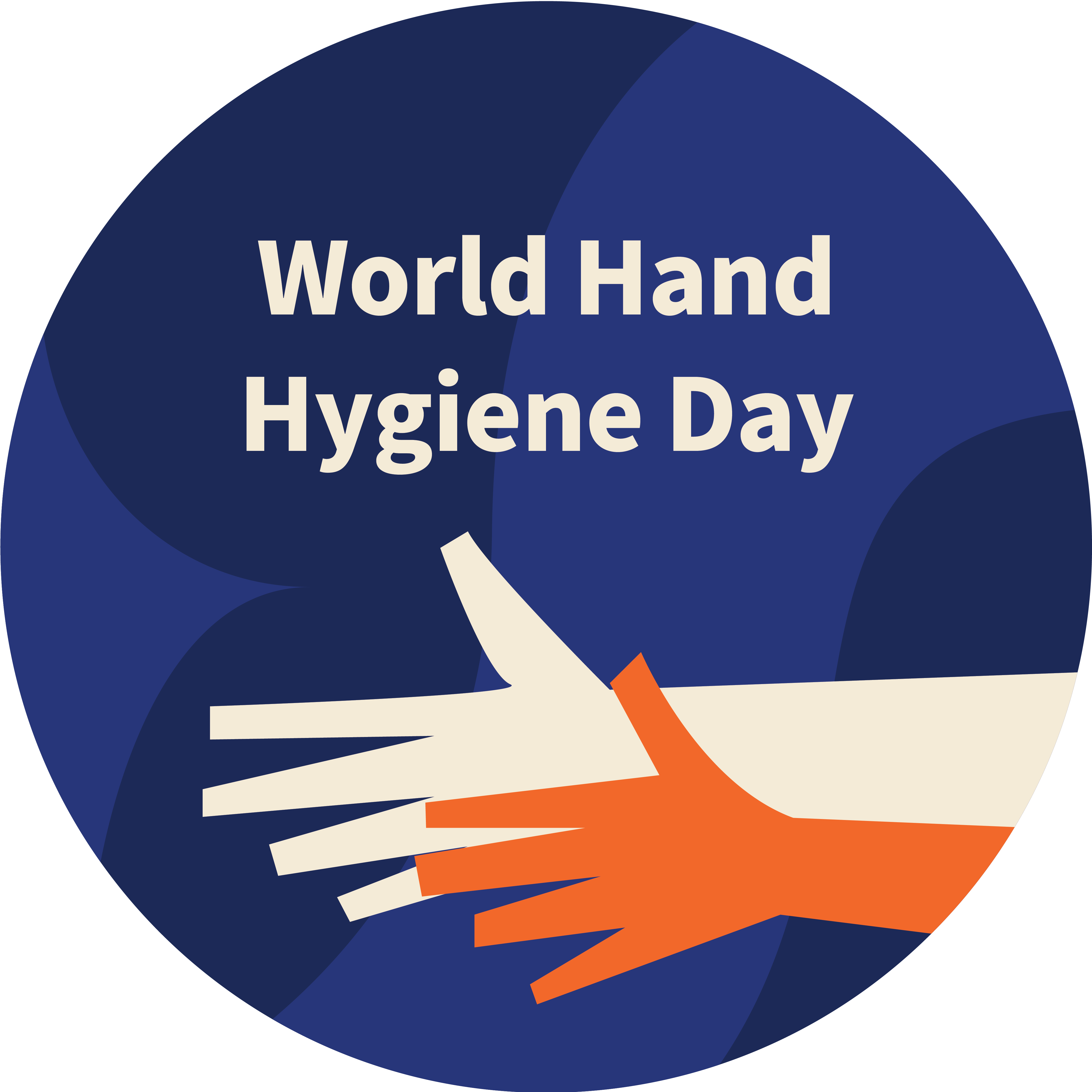Patient risk factor stratification is essential for the hospital antibiogram
DOI:
https://doi.org/10.3396/ijic.v17.20089Keywords:
antimicrobial stewardship, antibiogram, drug resistance, risk factors, IndiaAbstract
Empiric antimicrobial therapy in hospitalized patients is guided by an institution’s cumulative antibiogram, which may not be adequate in giving information on decision-making for optimal treatment in different patient populations. Adding patient risk factors can make it more useful for clinicians in guiding empiric therapy and for antimicrobial stewardship. Cumulative data were obtained for blood culture and urine isolates from the laboratory information system of a tertiary care hospital for 6 months (January to June 2019). Further stratification of organism types and resistance rates on the basis of patient risk factors (Patient Types 1, 2, and 3) was performed and analyzed. Salmonella spp. was seen in community-acquired ward patients (Types 1 and 2). Streptococcus pneumoniae was seen in Type 1 patients, and Acinetobacter spp. was seen in Type 3 patients. Extended-spectrum beta-lactamase-producing gram-negative infection rates were higher in community patients than in hospital patients. Carbapenem-resistant Enterobacteriaceae rates were high in Type 3 hospitalized patients. Cumulative blood methicillin-resistant Staphylococcus aureus rates were 43% but stratification showed it only in Type 2 and Type 3 ICU patients with 0% in ward patients. Stratified antibiograms based on patient risk factors are valuable for antimicrobial stewardship and help to optimize empiric therapy and increase the understanding of antimicrobial resistance trends.
Downloads
References
Hindler JF, Stelling J. Analysis and presentation of cumulative antibiograms: a new consensus guideline from the Clinical and Laboratory Standards Institute. Clin Inf Dis 2007; 44: 867–73. doi: 10.1086/511864
Slavcovici A, Streinu-Cercel A, Tatulescu D, Radulescu A, Mera S, Marcu Cet al. The role of risk factors (‘Carmeli score’) and infective endocarditis classification in the assessment of appropriate empirical therapy. Therapeut Pharmacol Clin Toxicol 2009; 13(1): 52–6.
Swami SK, Banerjee R. Comparison of hospital-wide and age and location – stratified antibiograms of S. aureus, E. coli, and S. pneumoniae: age- and location-stratified antibiograms. Springerplus 2013; 2(1): 63. doi: 10.1186/2193-1801-2-63
Published
How to Cite
Issue
Section
License
Authors retain copyright of their work, with first publication rights granted to IJIC. Read the full Copyright- and Licensing Statement.




